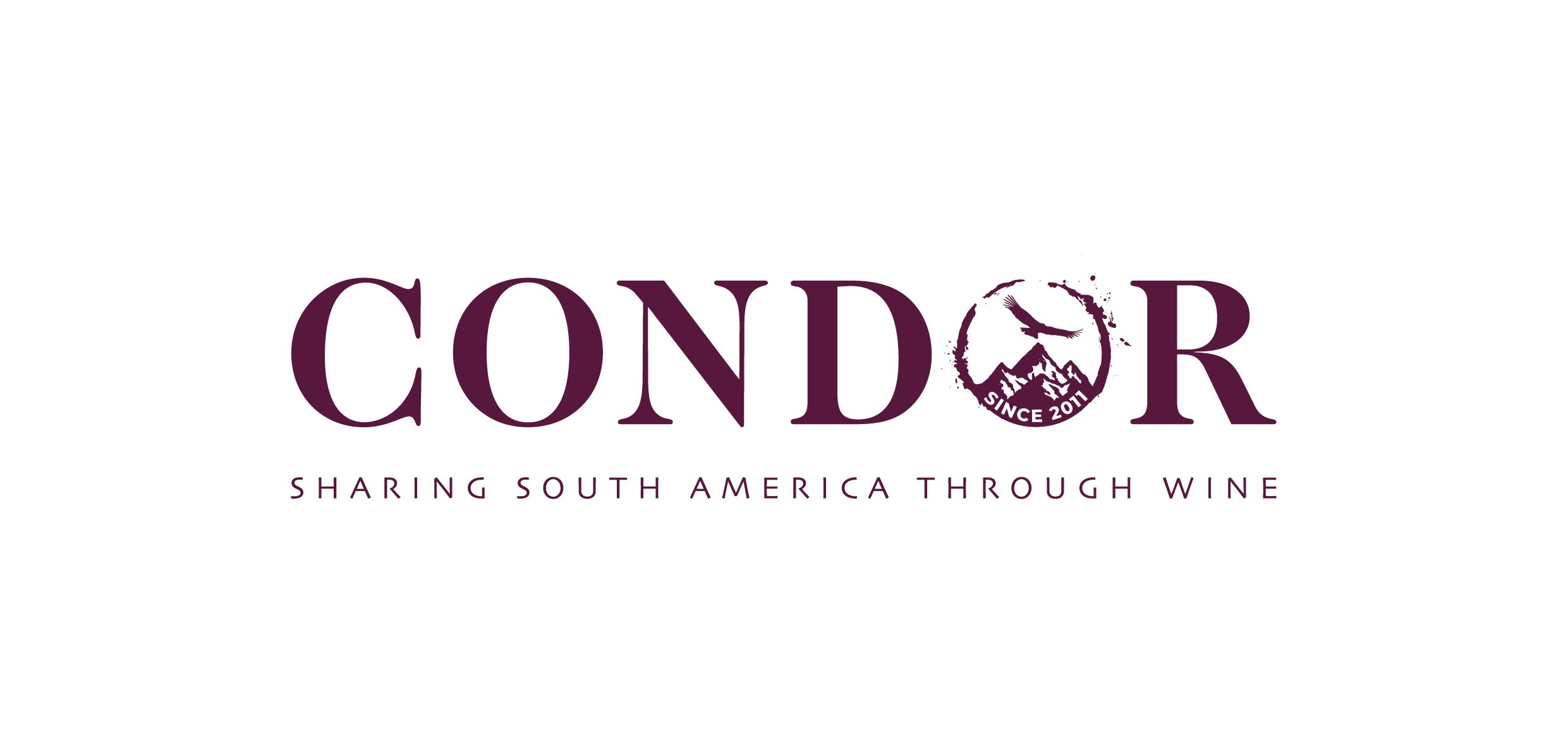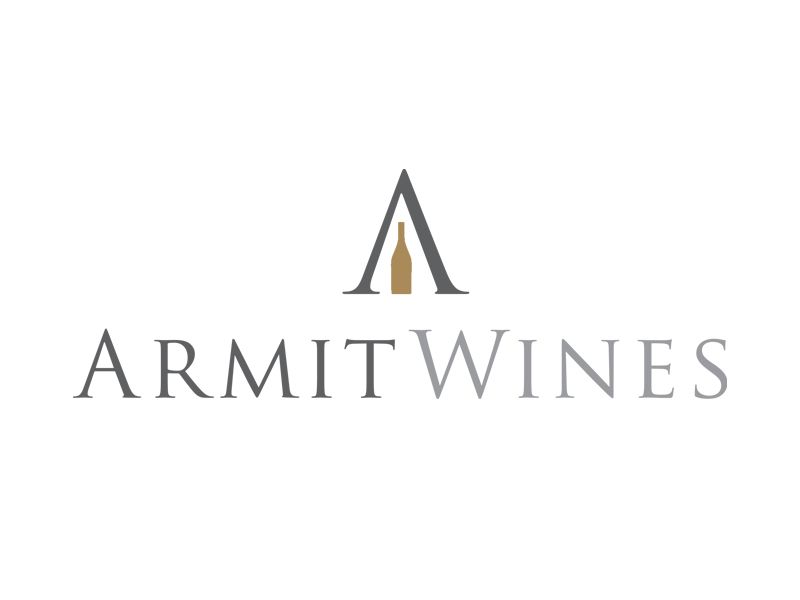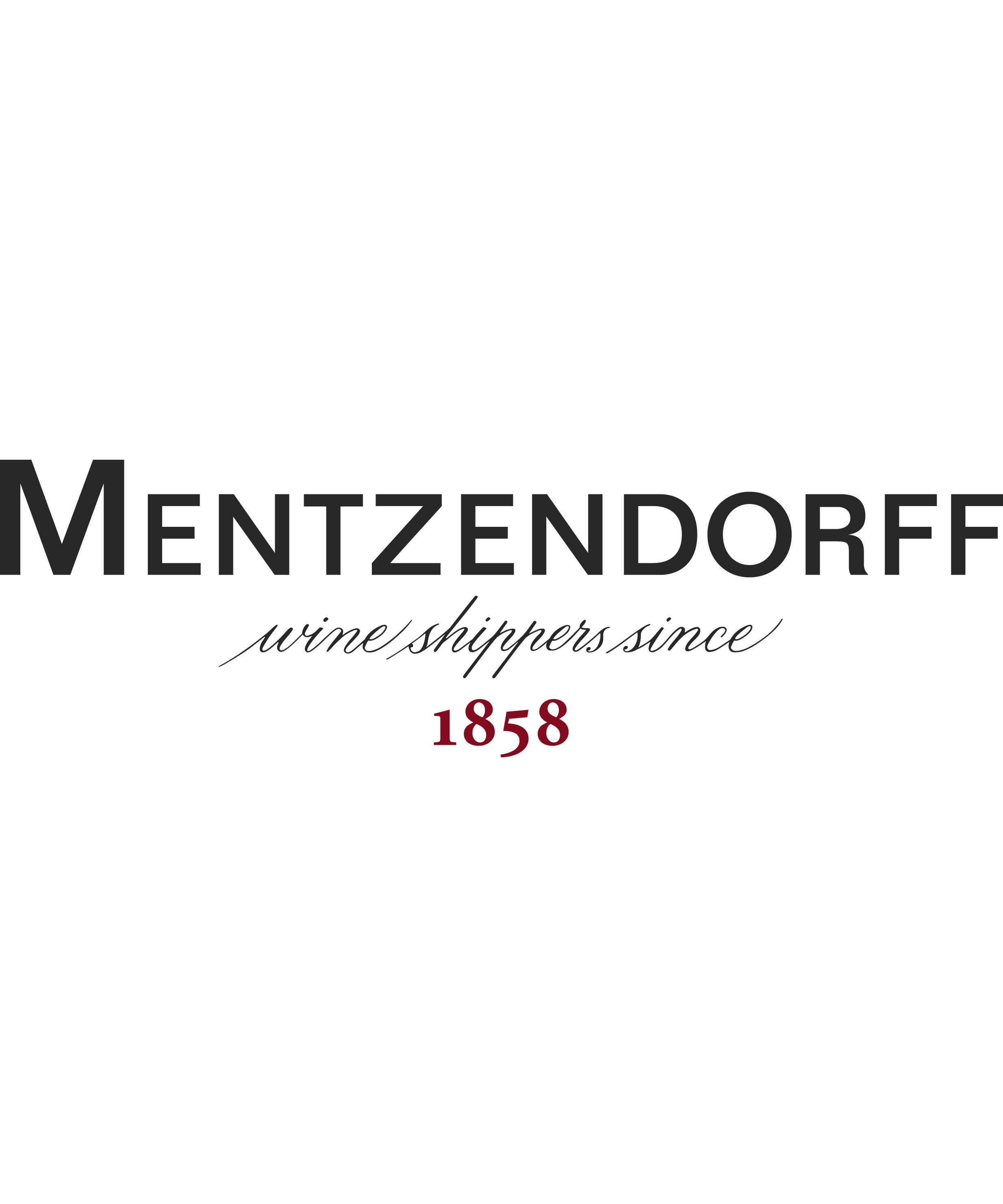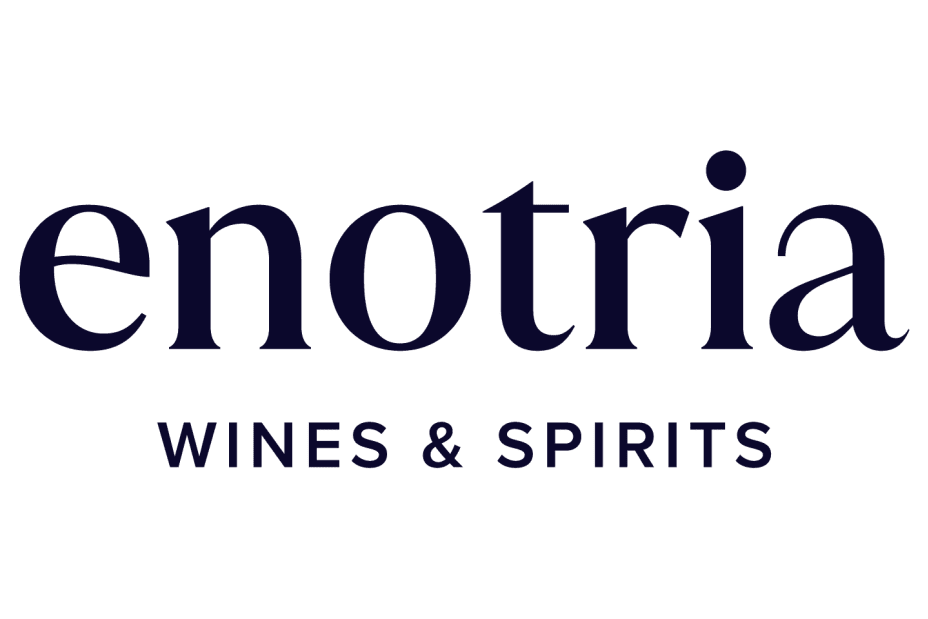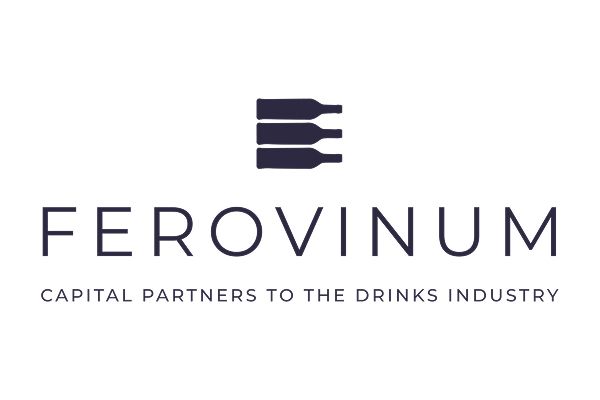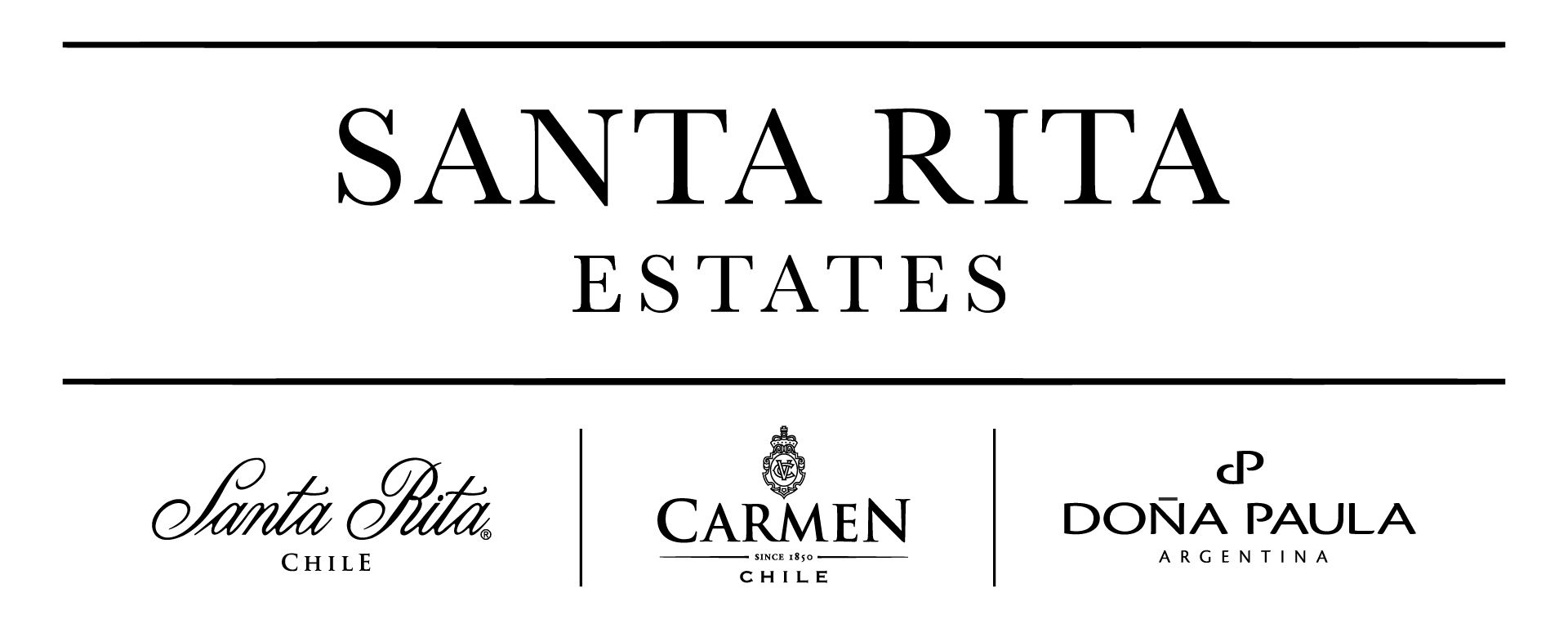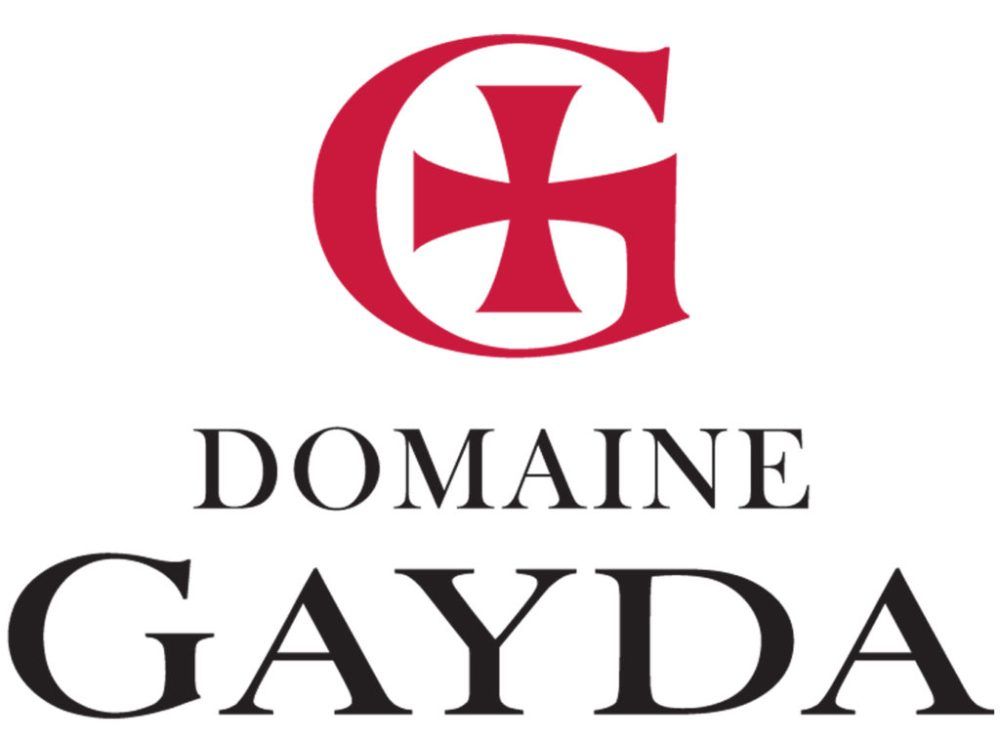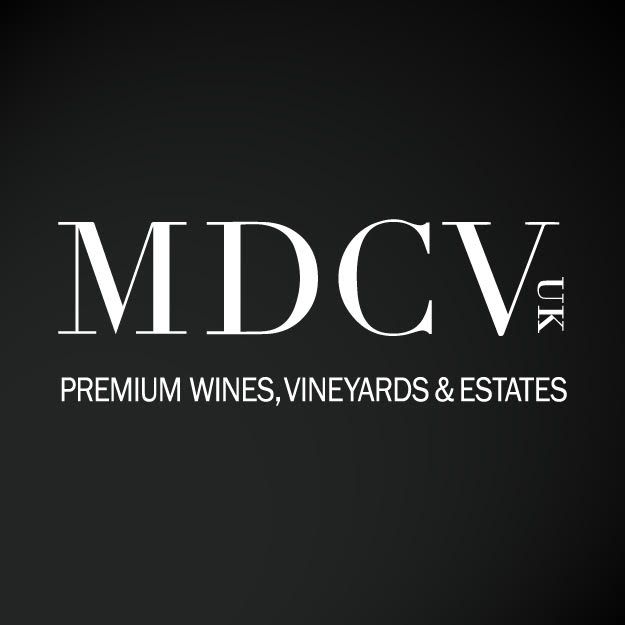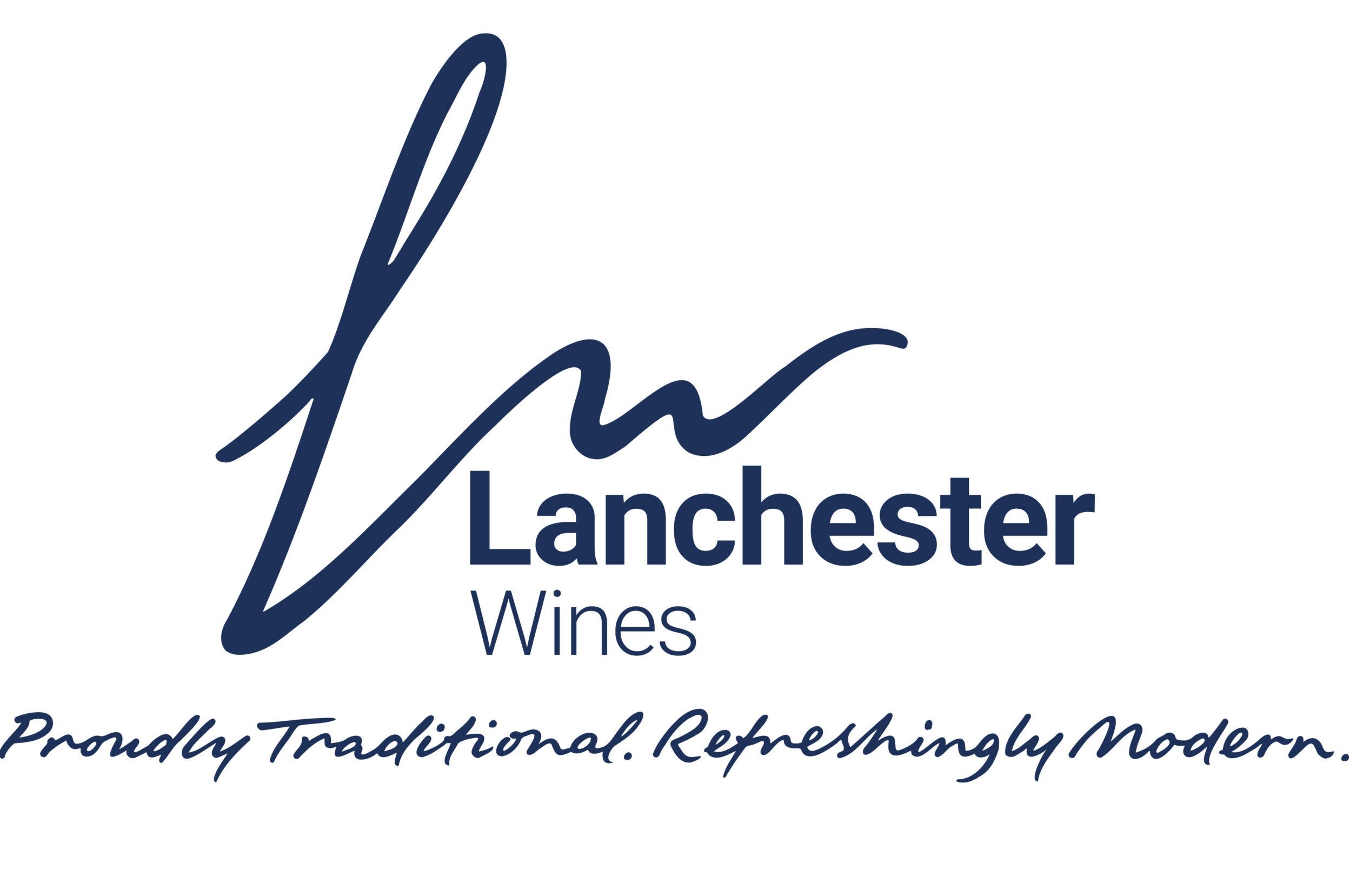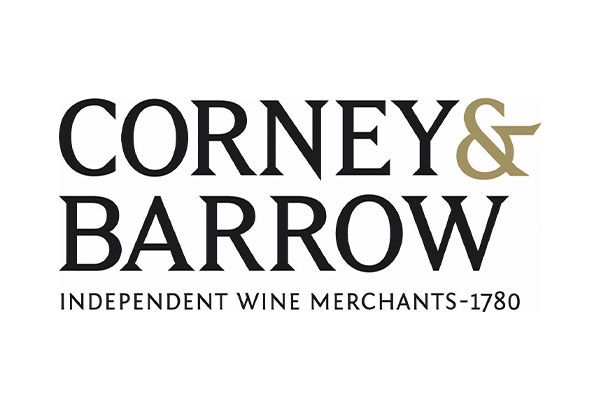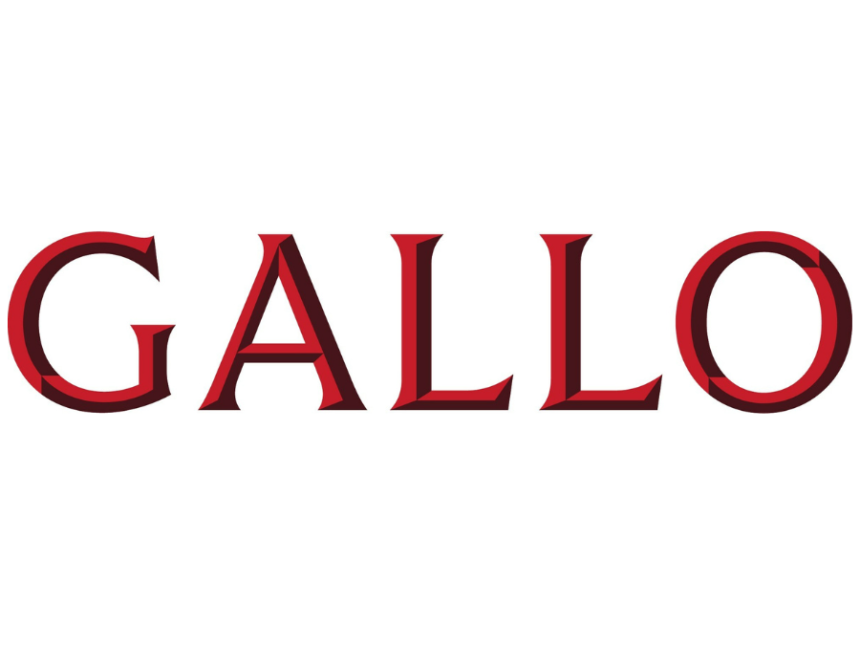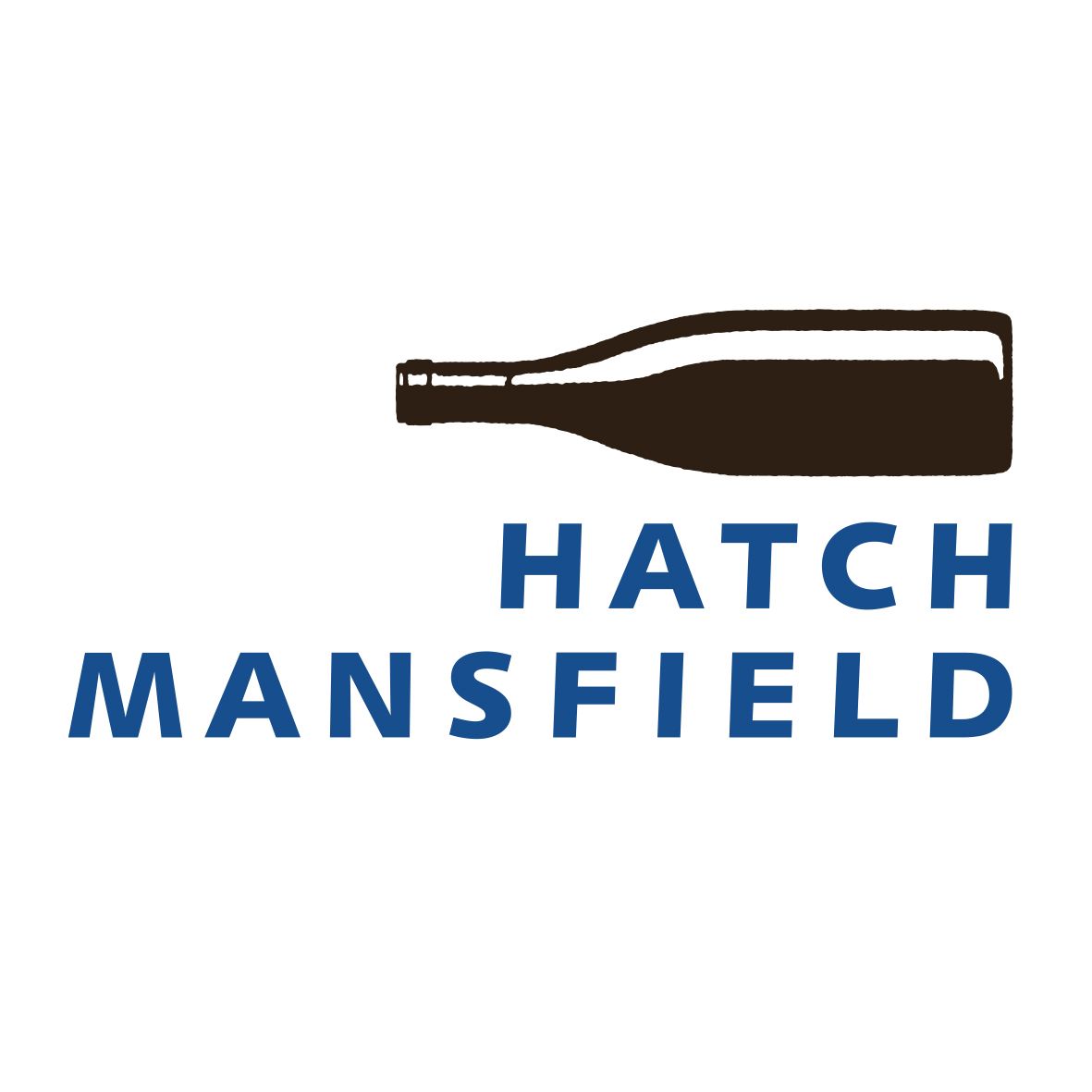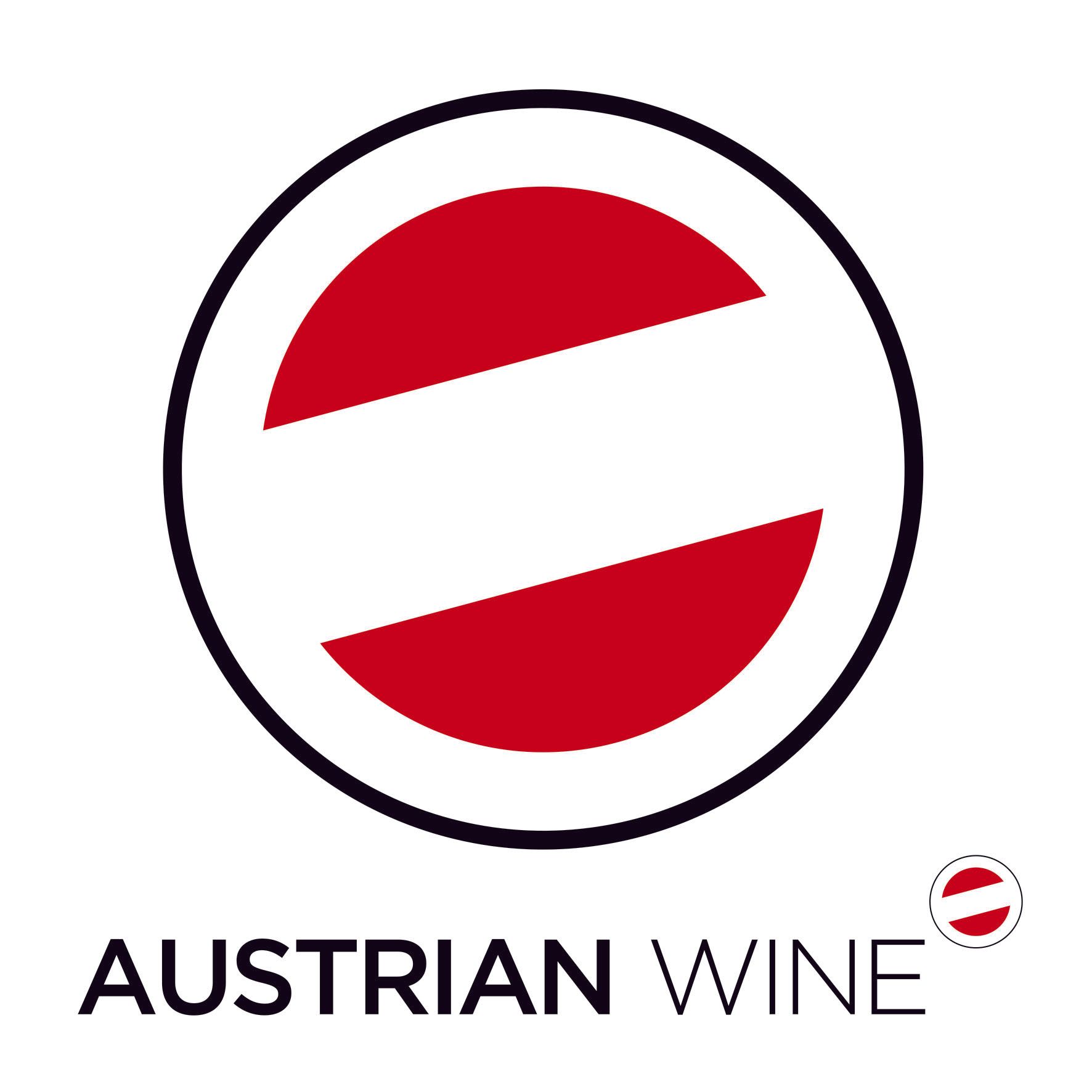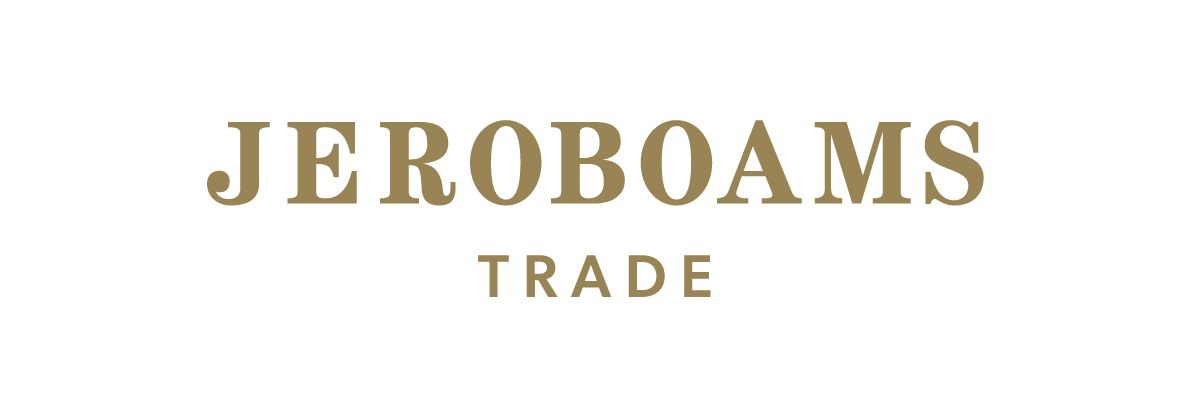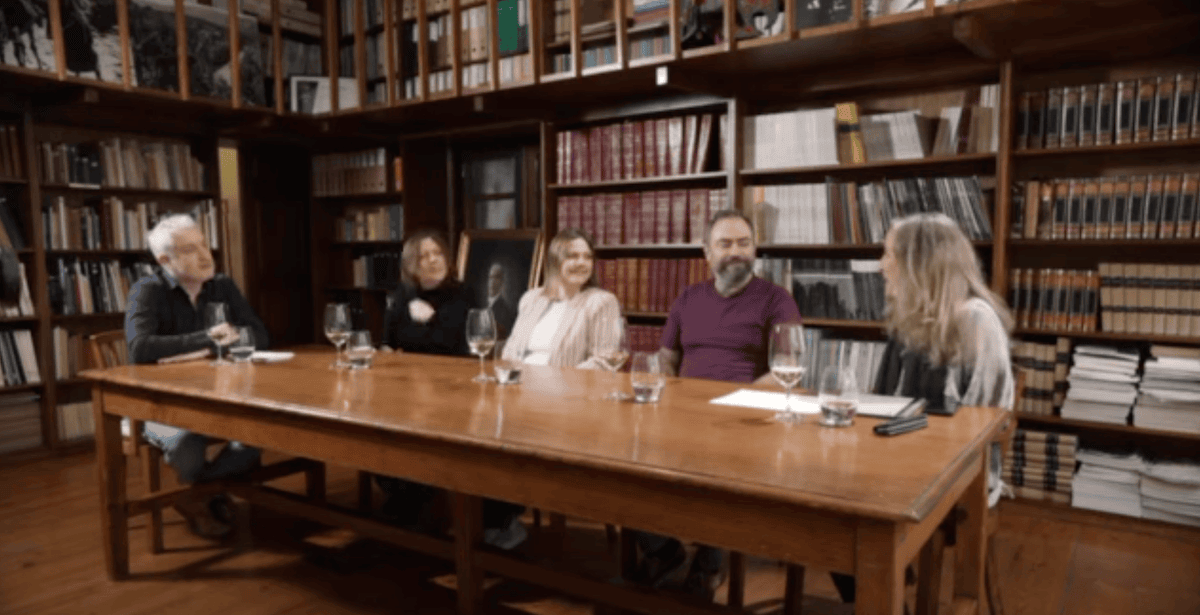Drinkers and importers on the lookout for a little-known gem of a wine-producing country should look no further than the Czech Republic. While reputed for the quality of its beer, Czechia, as it likes to be called, has a long history of wine-making dating back to Roman times, and produces a good deal of mid-market and premium labels from its 18,504 hectares under vine.
While domestic demand accounts for the majority of consumption, it has slipped to 19 litres per head per annum (compared to 146 litres for beer), and winemakers are keen to expand and develop sales in foreign markets.
Increasing wine tourism is also another focus, with Czechia’s two wine regions - Moravia and Bohemia - offering excellent value-for-money and a plethora of things to do and see for travellers, as I discovered on a trip this spring. For, Czechia has 17 UNESCO World Heritage sites, 200 castles that are open, 44,000 kms of marked hiking trails, 37,000 kms of cycling routes and over 100 golf courses. Vineyard sites number as many as 1,313, with white grapes making up 72% and black 28%.
Two main wine regions - Moravia and Bohemia
Moravia, which lies in the south-east of Czechia just over the border from Austria, is home to as much as 96% of the country’s vineyards. Bohemia, known locally as Cechy, has only 710 ha under vine, scattered within a 100 km radius of Prague. To get to Moravia, it is actually quicker to fly to Vienna and drive to the postcard-pretty town of Mikulov, an hour away just over the border. From Prague, it is a 250-km drive. One of Moravia’s four wine regions, Mikulovska, is named after the town, with the other three being Znojemska, Velkopavlovicka and Slovacka.
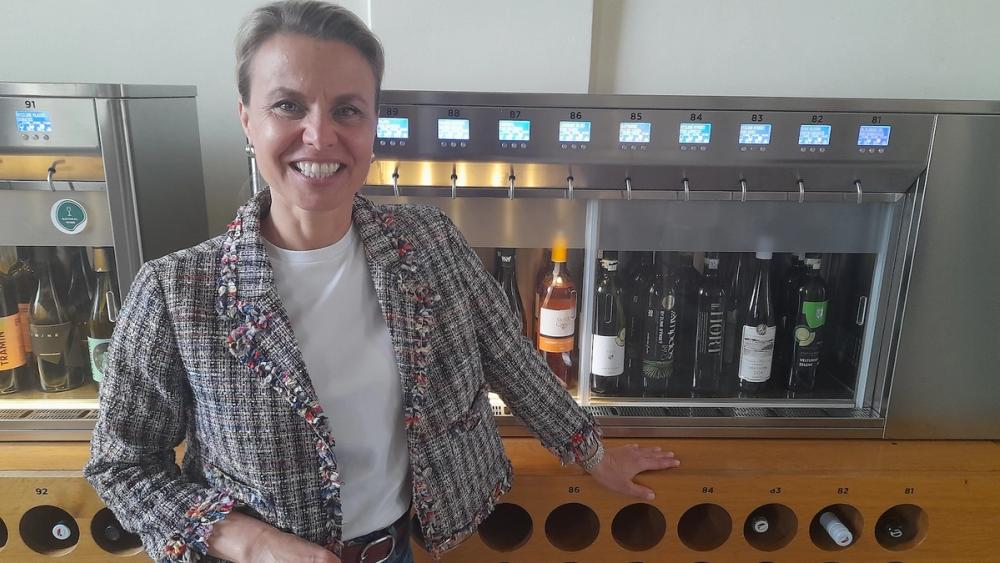
Znojmo Enoteca manager Petra Pokorna
The National Wine Centre, in the neighbouring town of Valtice, is housed in an old chateau once owned by the Liechtenstein family. Its ancient cellars contain 100 of Czechia’s better labels, with tasting samples possible from as many as you want during a two-hour period (at a cost of €29). A short drive away can be found the ultra-modern Obelisk winery, where visitors can stay in villas and dine at its excellent restaurant.
By contrast, the small-scale Plener winery in the nearby village of Pavlov has a rustic feel, with cellars dating back to the 17th century. It produces eleven labels, including two from Muller-Thurgau, the second most widely planted grape in Czechia behind Gruner Veltliner. Its Riesling and Welschriesling, the next most planted, showed well. So too did their Blaufrankisch (known locally as Frankovka), the most planted red varietal in Czechia ahead of Saint Laurent, Zweigelt and Pinot Noir. The influence of neighbouring Austria is unmistakable.

Vrbice wine cellars
The attractive little settlement of Vrbice houses a score of Hobbit-like cellars that were dug out over a hundred years ago from the loess soil beneath 130 hectares of vines surrounding the village. We met a local grower named Miroslav Gala, one of nearly 15,000 in Czechia, and tasted his Hibernal, a fresh and fruity white created by crossing Chancellor and Riesling.

Hibernal is a hybrid created in Germany in 1944 but is more commonly found in Czechia. Czechia has a notably good cross of its own, the amusingly-named Palava that was bred from Savagnin Rose and Muller-Thurgau. Pink-skinned, it produces an aromatic, spicy white with real character as we discovered with one premium example from the impressive Velke Bilovice winery.
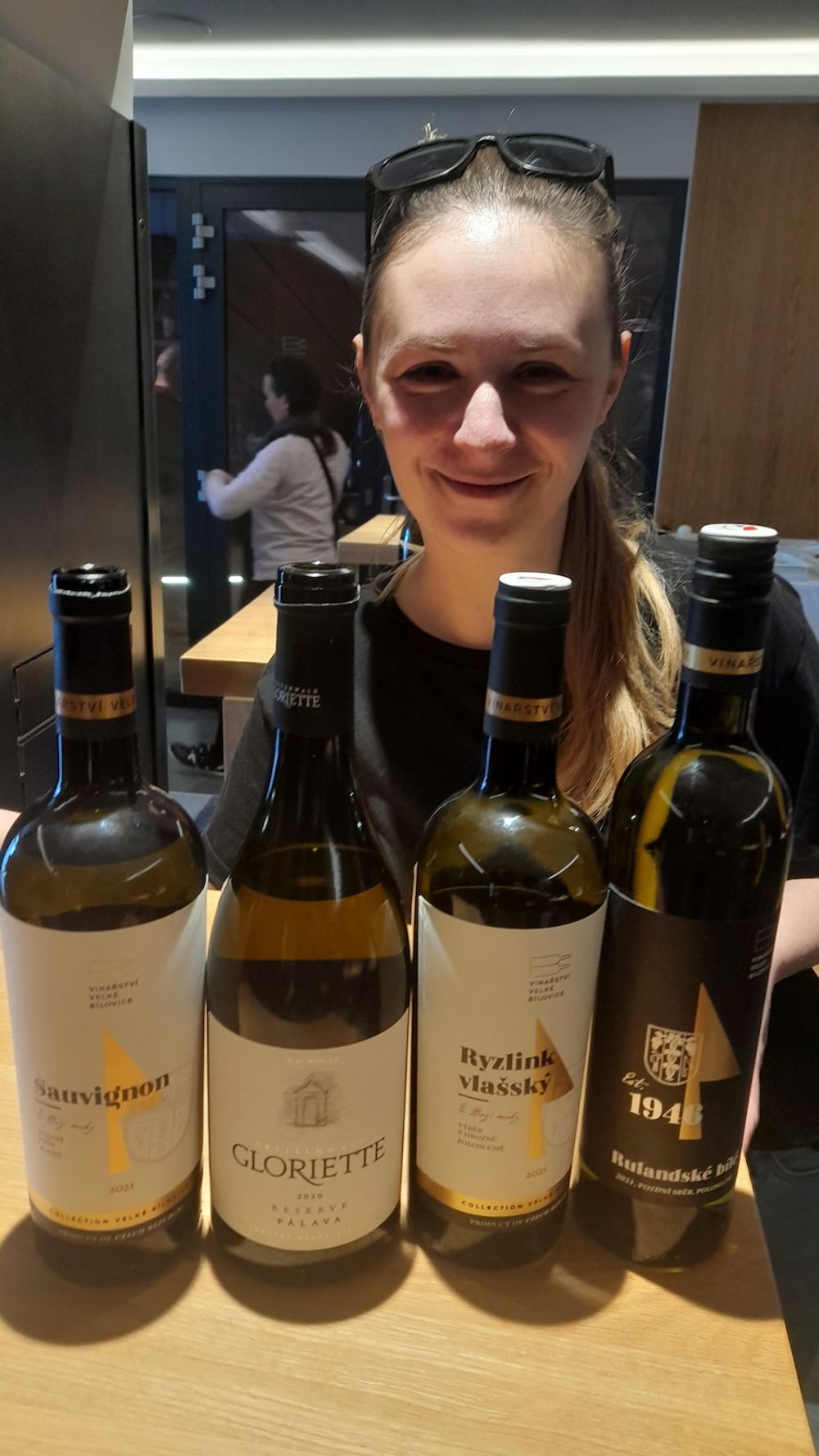
Velke Bilovice winemaker Lubomira Hornakova.jpg
The Gloriette 2020 label (priced locally at €20), which won a bronze medal at Decanter World Wine Awards, was full-bodied thanks to some barrel-ageing, and had alluring lychee and pineapple notes. Winemaker Lubomira Hornakova has 20 hectares under vine on limestone soils, giving minerality to labels that also include Sauvignon Blanc and off-dry versions of Welschriesling and Pinot Blanc.

Thaya winemaker Jakub Smrcka with his Chardonnay 2023
Sauvignon Blanc, Pinot Gris and Chardonnay are planted in broadly equal amounts in Czechia. One of its leading wineries - Thaya - makes a complex example of the latter from vines whose average age is 20 years. Being in a cool climate region, the Thaya Chardonnay 2023 had a low pH of 3.1, encouraging winemaker Jakub Smrcka to put it through 100% malolactic fermentation.
“We make only 3,000 bottles of this wine, which sees 40% new oak,” he said. “Our soils are a combination of loess and granite, which gives both expression, tension and minerality. In total, we make around 230,000 bottles a year from 13 varieties on 105 hectares.”
Both his Pinot Noir, which sees 65% new oak, and his traditional method sparkling wines also showed well, with his Gruner Veltliner and Riesling exhibiting marked intensity of flavour.
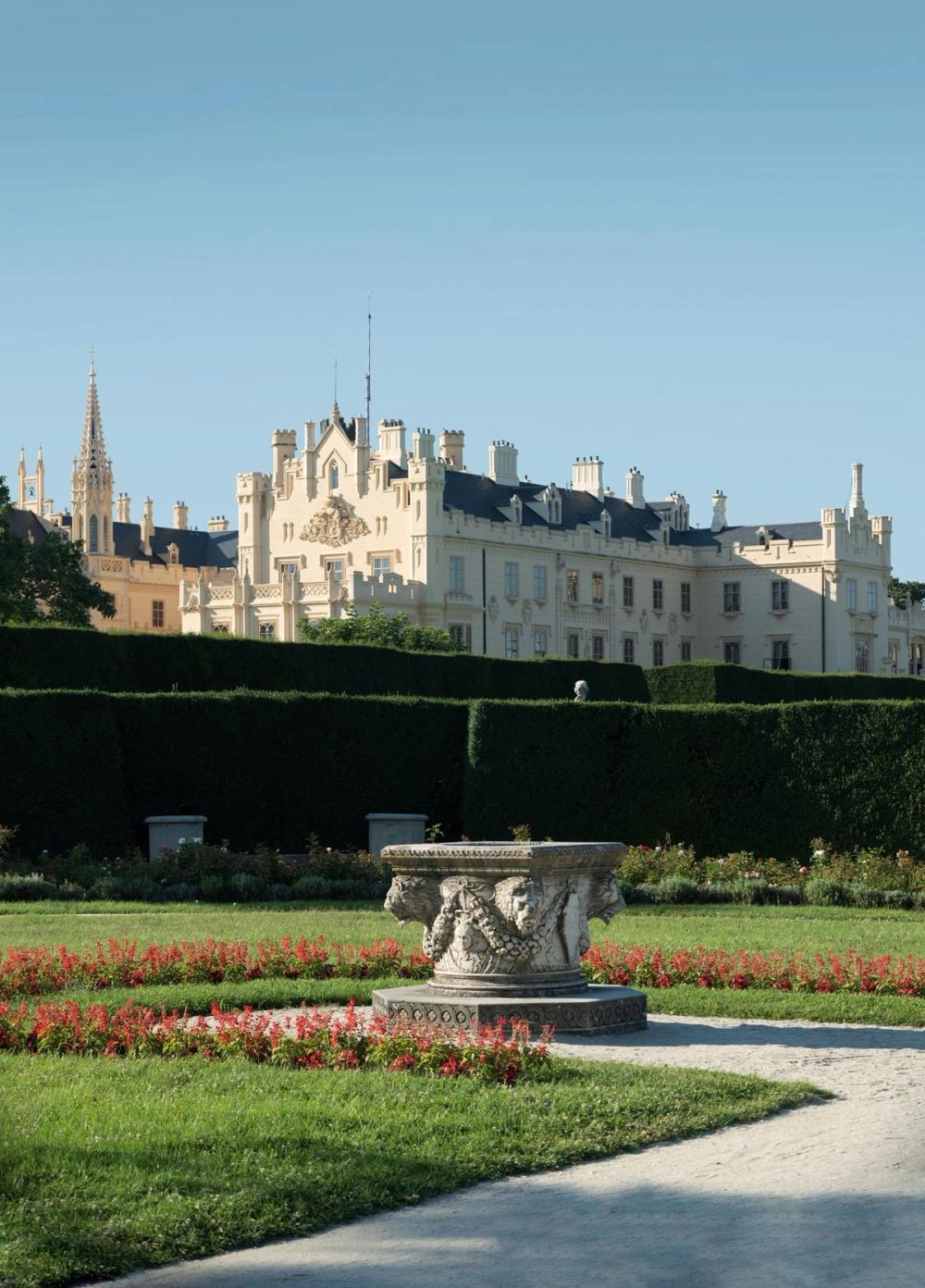
Lednice Chateau - a 'must see'
While the spectacular blossom in spring of extensive almond orchards near Hustopece and the quaint village of nearby Kravi Hora, with its multiple wine cellars, are worth a visit, two must-sees in southern Moravia are the Lednice Chateau and the medieval town of Znojmo.
Both are UNESCO World Heritage sites. The former has the largest landscaped gardens in the world, while the latter has a warren of fourteenth century tunnels beneath it, not to mention the celebrated Church of St Nicholas and the stunning eleventh century Rotunda of St Catherine. A former monastery houses the splendid Enoteka, with its wonderfully varied selection of 120 Czech wines for tasting.
From there, it is a three-hour drive north-west to Central Bohemia and the historic town of Kutna Hora, another UNESCO World Heritage site that boasts two cathedrals. One of them, the Church of St Barbara, is regarded as one of the most beautiful examples of Gothic architecture in Europe.
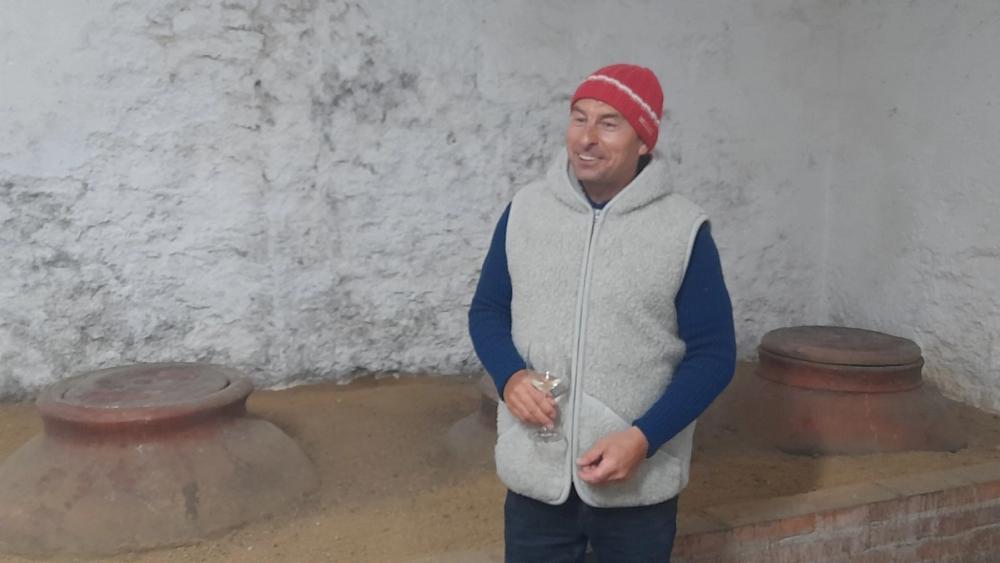
Kutna Hora Wine Cellars winemaker Lukas Rudolfsky
The town is also home to one of Czechia’s best producers, Kutna Hora Wine Cellars. Lukas Rudolfsky, the charismatic piano-playing owner-winemaker of the only biodynamically-certified winery in Czechia, grows nine varieties on 43 hectares of gneiss, calcareous and clay soils.
Vinifying in an old Ursuline convent, Rudolfsky fashions a range of superb wines, including a fresh and mineral Muscat Ottonel, a delightful Pinot Gris and Chardonnay blend, an Ancestrale method (single fermentation) sparkling Riesling, a Rhine Riesling still wine and an orange wine.
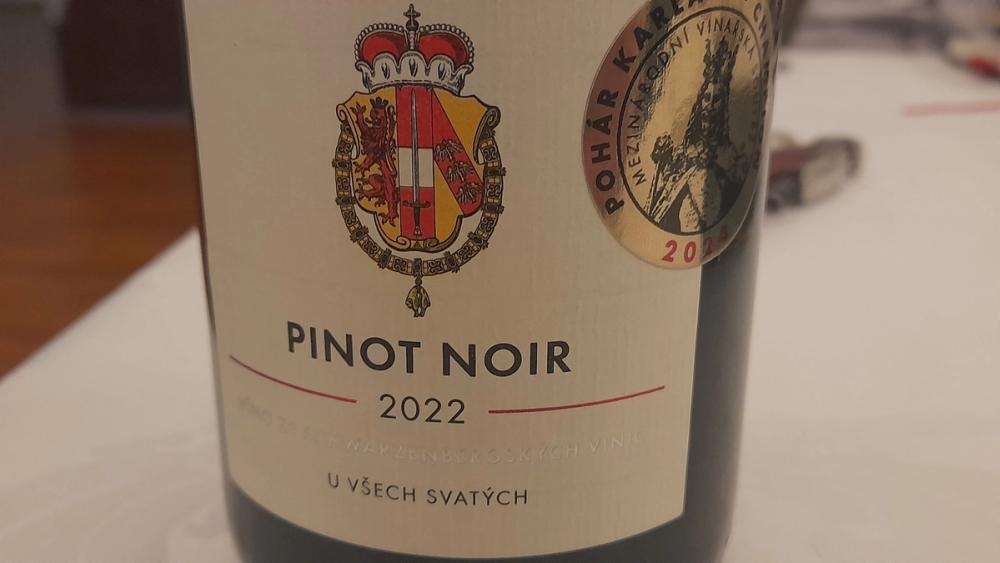
The pick was his top Pinot Noir 2022 label, with its gloriously fresh raspberry fruit, soft tannins and low abv of 12%. Structure comes from 30% new oak. It was the best red wine I tasted in Czechia.
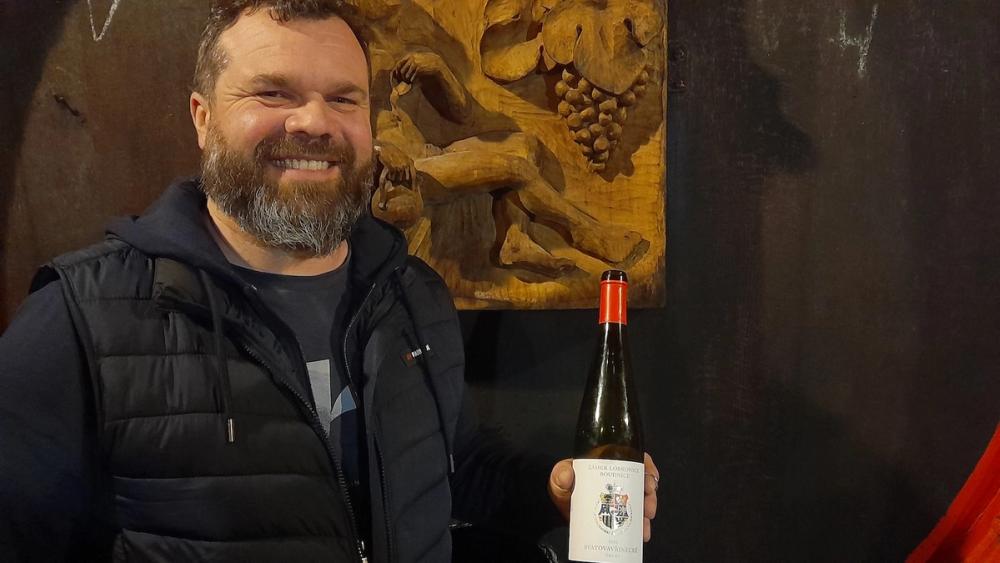
Lobkowicz Winery cellar master Karel Stejskal
Another Bohemian producer that impressed was the Lobkowicz Winery in the town of Roudnice. Cellar master Karel Stejskal makes some excellent Pinot Blanc and Riesling from organically-farmed vines as well as a cross of Saint Laurent and Blaufrankisch named Fratava. Spicy, with polished tannins, it has appealing blackberry and blackcurrant fruit. As a Czech creation, it is symbolic of how the country’s wine industry is looking forward and producing characterful wines of quality.


